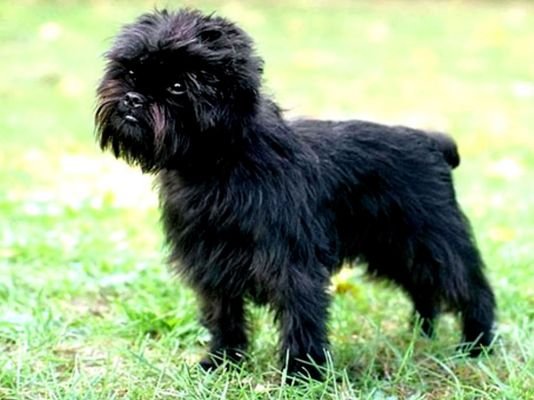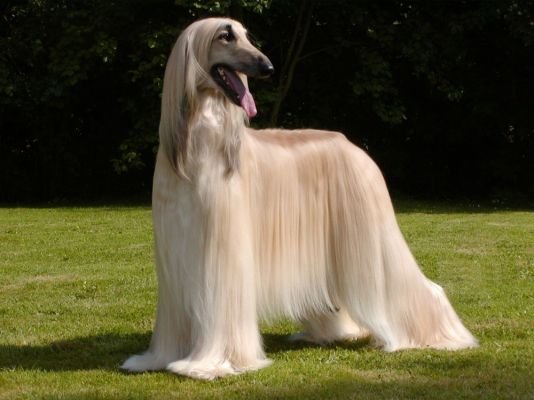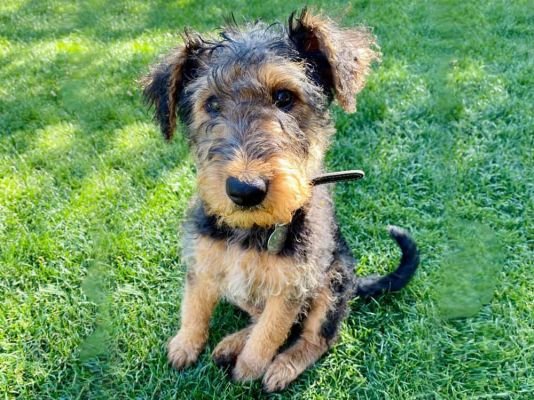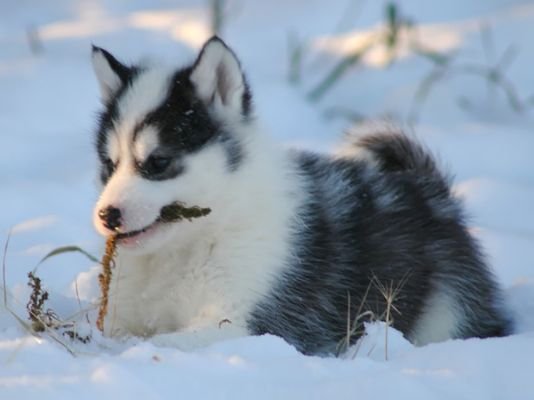
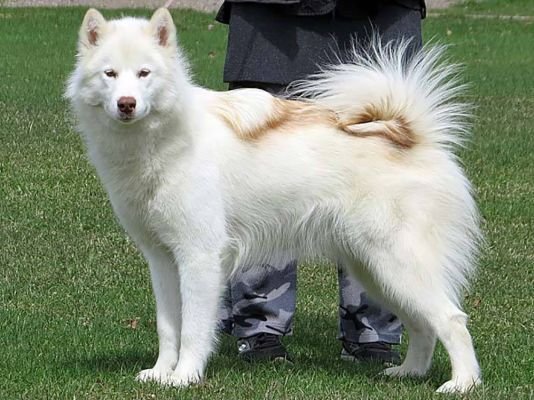
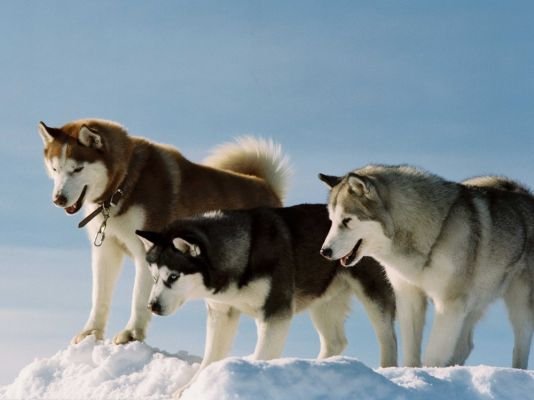
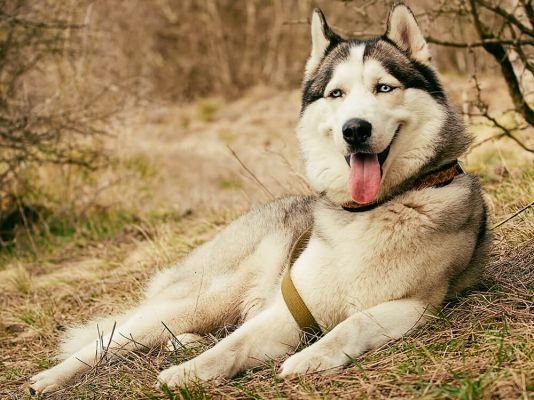
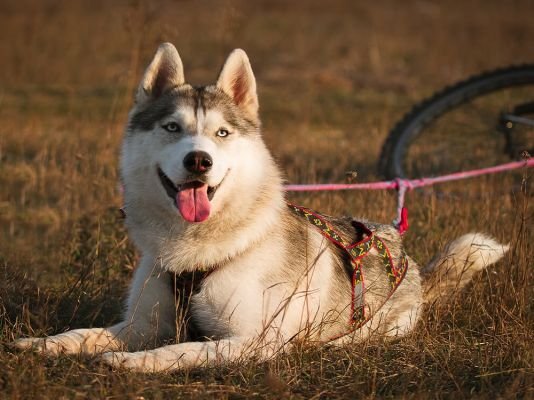
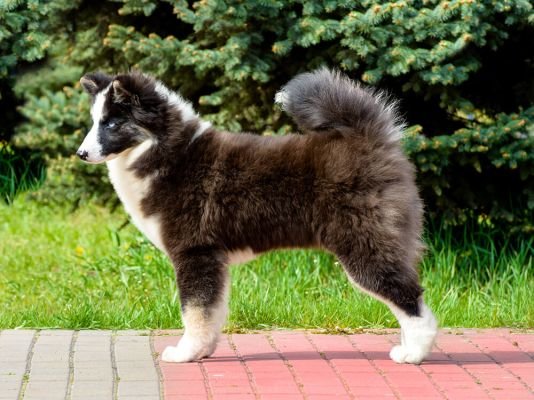
Meet the Canadian Eskimo Dog: The Arctic Guardian with 4,000 Years of History
Imagine a dog bred to thrive where temperatures plunge below -50°C—that’s the Canadian Eskimo Dog! This ancient Arctic warrior, known as qimmiq in Inuit languages, has hauled sleds across frozen tundras and faced polar bears alongside its human companions. But before you fall for those wolf-like eyes, let’s unpack why this rare breed is equal parts majestic and demanding.
Quick Snapshot
| Trait | Canadian Eskimo Dog |
|---|---|
| Height | 20–29″ (50–73cm) ♂/♀ |
| Weight | 40–90 lbs (18–40kg) ♂/♀ |
| Lifespan | 12–14 years |
| Coat | Thick double coat; wolf-like appearance |
| Energy Level | Extreme (2+ hours/day) |
| Barking | Rare (but loves to howl!) |
Looks & Grooming Hacks
Think “Arctic wolf meets fluffy teddy bear”:
- Signature Style: Broad skull, muscular build, and a mane-like ruff around the neck (males look extra fierce!). Coat colors? Snow white, wolf gray, or fiery red—often with striking masks or eye-catching patterns.
- Grooming 101: Brush weekly with an undercoat rake—spring shedding turns them into walking snowstorms! Baths? Rarely needed—their coat naturally repels dirt. Pro tip: Trim paw fur in winter to prevent ice balls between toes.
- Winter Warrior: Thrives in -40°C but overheats easily above 10°C. Summer = shade, cool mats, and frozen treats!
Fun Fact: Their webbed paws aren’t just cute—they’re natural snowshoes! Perfect for trekking through deep powder.
Personality: Independent Thinker, Loyal Protector
This breed’s a mix of 70% “stoic worker,” 30% “family shadow”:
- Kid-Friendly? Gentle with older children they’re raised with. Toddlers? Supervise—their herding instincts might nudge little ones like caribou!
- Pet Compatibility: Raised with dogs? Maybe. Cats or rabbits? Nope—their prey drive turns fluffy friends into targets.
- Mind Games: Boredom = dug-up gardens + chewed sled ropes. Keep them busy with weight-pulling challenges or scent-tracking games!
Training Tip: Use treats and praise, not force! They respect calm leaders but ignore harsh commands. Start socialization early—puppy classes are golden for curb their bossy streak.
Pros & Cons
| Pros | Cons |
|---|---|
| Built for Arctic adventures (perfect sled dogs) | Overwhelming for first-time owners |
| Low-maintenance grooming (for their size) | Prone to hip dysplasia (ask breeders for health clearances) |
| Fiercely loyal to family | High prey drive (squirrels beware!) |
Health & Nutrition
Diet Essentials:
- Adults: 4–5 cups high-protein kibble (30%+ meat) for muscle/joint health. Avoid grains—many develop sensitivities.
- Snack Hack: Frozen salmon chunks (omega-3 boost + teeth cleaning!). Skip chicken—common allergy trigger.
- Watch For: Heatstroke (panting = red flag!) and eye issues like cataracts. Annual vet checks are non-negotiable.
Exercise Musts:
- Morning: 45-minute hike or sled-pulling session.
- Evening: Puzzle toys stuffed with kibble—mental Olympics!
Spotting a Healthy Pup
| Trait | Healthy Pick | Red Flags! |
|---|---|---|
| Eyes | Bright, almond-shaped | Cloudiness or squinting |
| Movement | Powerful, fluid strides | Limping or stiffness |
| Temperament | Alert but calm | Extreme fear or aggression |
Ethical Breeder Checklist:
- Health clearances: Hips (OFA), elbows, eyes.
- Meet both parents—should be confident, not skittish.
- Puppies raised in home environments (exposed to household noises).
Final Thought
The Canadian Eskimo Dog isn’t just a pet—it’s a living piece of Arctic history. Perfect for adventurers craving a loyal trail buddy or homesteaders needing a four-legged workhorse. Skip if you’re a sunbelt resident or couch potato… but if you’re ready for a dog that’s equal parts wild beauty and working genius, this breed’s unmatched.
P.S. Rescue alert! Check Canadian Arctic shelters—some retired sled dogs need homes after tourism seasons. Adopting one? That’s preserving a 4,000-year legacy!
